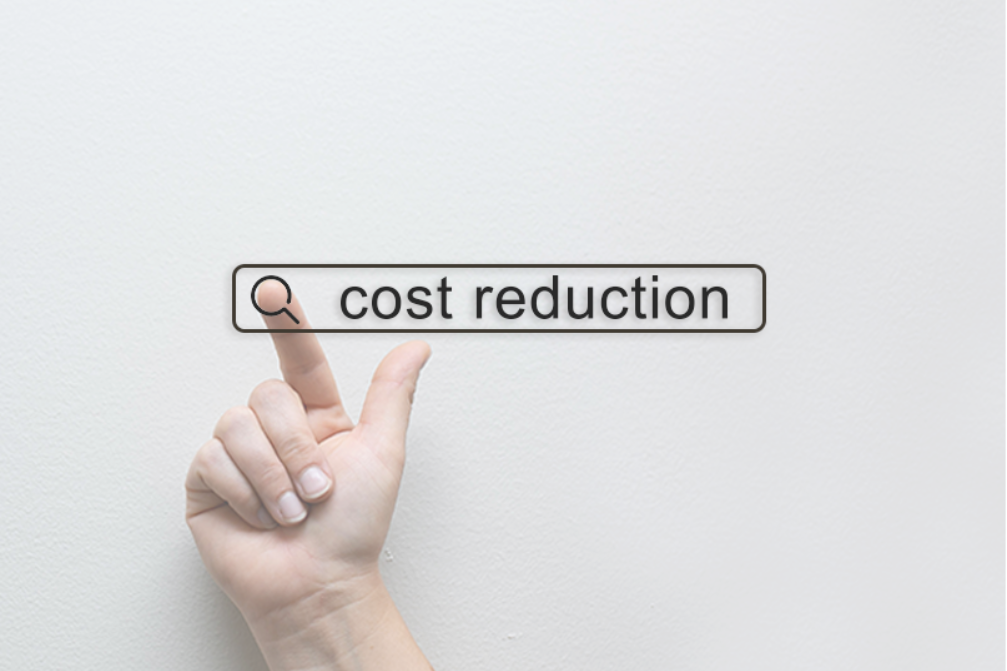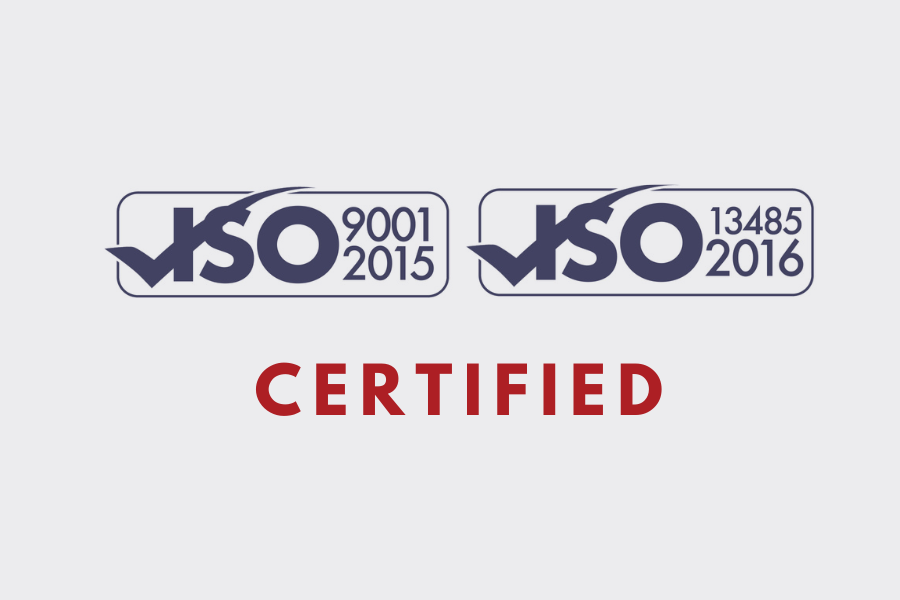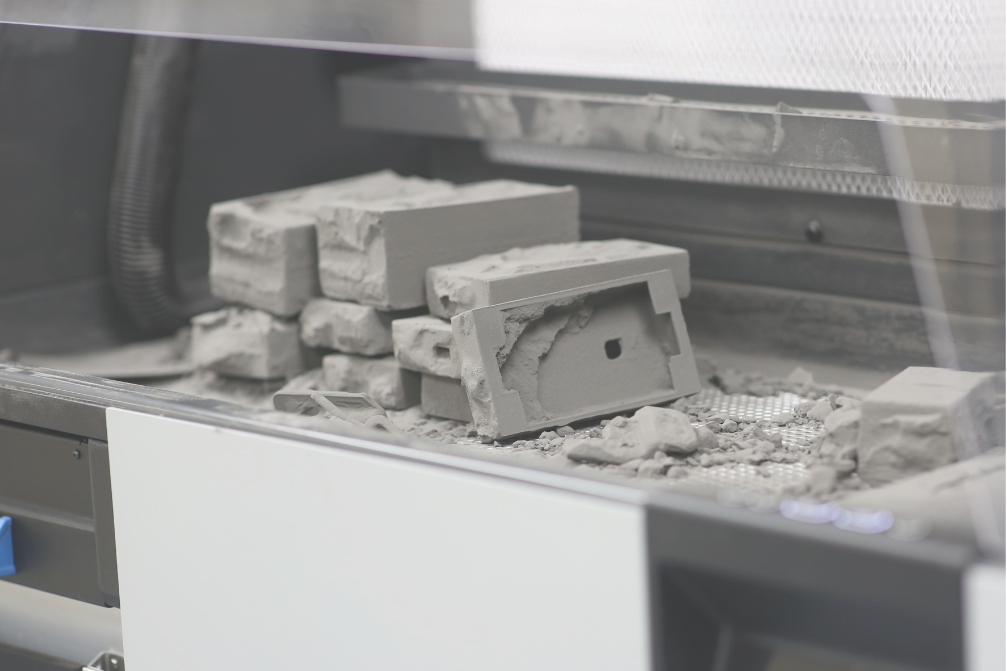EDITOR’S NOTE: This post is the first in a three-part series that explores the topic of cost reduction. We hope you enjoy these posts and find them useful.
As the coronavirus (COVID-19) pandemic continues to impact the world, it feels as if just about everything has been affected, from countries’ economies to our very social fabric. Despite this, businesses are still grappling with pre-COVID issues, including the constant need to reduce costs. In fact, you could argue that this subject is one of the very few things COVID hasn’t changed.
When we talk about “factors” at CST Precision, we break them down into the following sub-categories:
· piece price
· quality requirements
· non-recurring engineering (NRE)
· conflicts in goals
· transaction
· speed
All of the factors listed above affect our customers’ bottom line in one way or another, and they are all related. The key to reducing costs always rests with asking questions and having conversations. Let’s take a closer look at the first two items on our list: piece price and quality requirements.
Piece Price
One of the most important objectives for a supply partner is to design a process for customers that achieves the lowest piece price for the life of a product. In order for that to happen, we need to think about volume, because as volume goes up, the piece price typically comes down. A customer might immediately need to produce 100 objects to fulfill an important order for a key account, but it’s also essential to think about the future and look at the bigger picture early in the process. That means asking questions like, “What about two months from now? Do you think you might need 200 more of these items? 400 more? How about six or eight months from now?”
Having the answers to these questions early on – before engineering work even begins – means we can factor volume into the engineering and production process development. If we have a better idea of the customer’s volume scale-up schedule (or at least a pretty accurate estimate), then we can build a process that best satisfies particular volumes. And that means the products will be made at a lower price with accounting for volume changes.
But there’s an added benefit to achieving lower piece prices. Considering and planning for economies of scale helps a customer determine a fair, competitive, and profitable selling price for the products it’s manufacturing. Small quantities may not be profitable for a manufacturer, but if you plan ahead for volume, then profitability and an accurate market price will naturally follow.
Quality Requirements
Quality requirements are another cost driver to keep in mind. Identifying critical quality requirements becomes a lot easier when you know what your absolute functional requirements and design constraints are. And this is where another important conversation should take place. Often, we’ll get requests for quotes or invitations to bid on a project based on customer-provided specifications. And although we can easily provide quotes and bids according to those specs, our customers are better served when we can help them determine what’s actually critical for them.
For example, design engineers will often have a default setting in their design software that gives everything three decimal places. This implies that a component needs to be made to an extremely tight tolerance, which typically requires more processing, more time, and more scrutiny – all of which drive up costs. But what if that three-decimal-place default setting isn’t actually necessary? By having a conversation with the customer, we might find out that kind of tight tolerance isn’t required for the project at hand. And we might learn that we can purchase rough stock that is almost to size or satisfies a specific design constraint requirement. We could create just one single feature that meets an absolutely critical tolerance instead of many – and more costly – ones.
This kind of “pre-work” can reduce a project’s cost by half or even more, depending on the circumstances. But if we never have that conservation, we miss a valuable opportunity to save customers money, add value, and impact their long-term success. (Incidentally, the conversations and pre-work that we’re referring to are key components of our discovery process. You can learn more about that process by reading this post.)
Coming up in the second part of this series
Quality requirements can have a direct impact on NRE costs and that’s where we’ll pick up in part two of this series. In the meantime, if you’d like to learn more about what CST Precision can help you accomplish, please contact us at info@cstprecision.com or (864) 879-8165. We’d love to work with you, from concept to prototype, print to part, prototype to production, and production to supply chain fulfillment!




